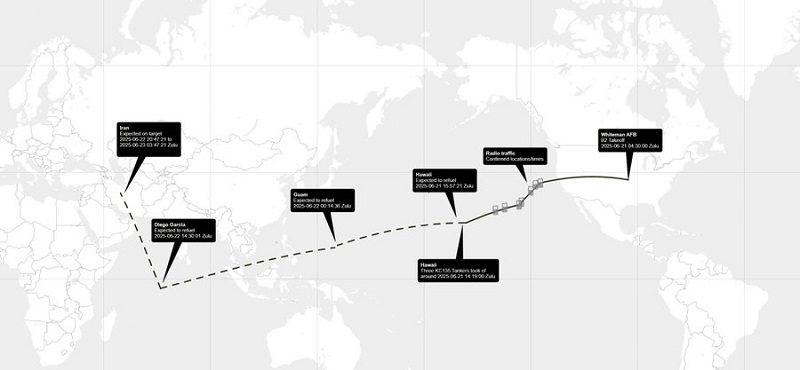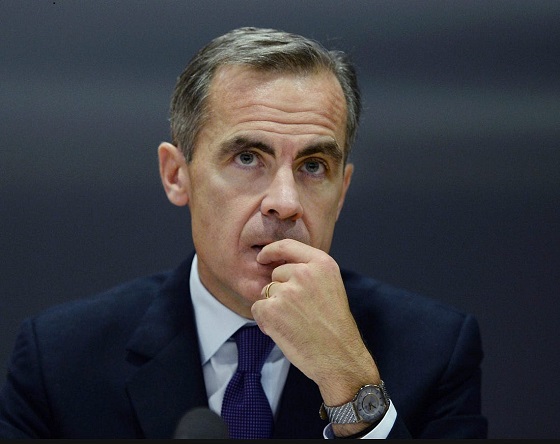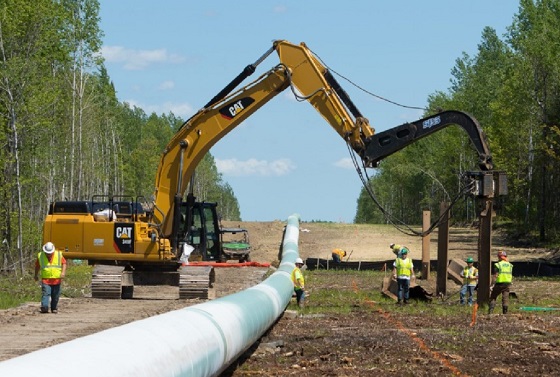Economy
Canada’s Energy Wealth Is Bleeding South
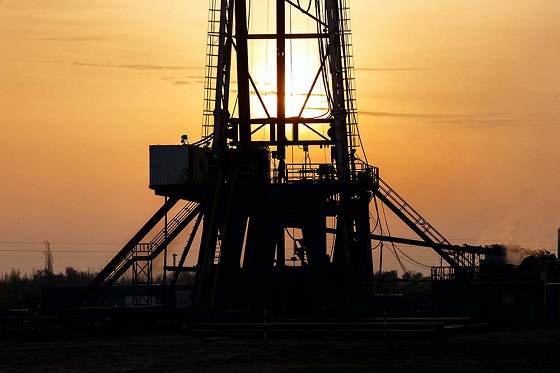
From the Frontier Centre for Public Policy
Without infrastructure, Canada is losing billions while the U.S. cashes in on our oil and gas
Canada’s energy wealth is stuck in traffic, and our American neighbours are cashing in. It’s worse than that. Canada is bleeding millions of dollars daily because it lacks the infrastructure to export its natural resources efficiently.
While our oil and gas continue to flow—mainly to the United States—provinces like Alberta and British Columbia are forced to sell at steep discounts. This isn’t just an economic inefficiency; it’s a structural failure of national policy. The beneficiaries? American businesses and their governments which pocket the profits and tax revenues that should be circulating through the Canadian economy. This is no way to achieve economic sovereignty for Canada.
With U.S. interests reaping the rewards, this should have been a central talking point when Prime Minister Carney met with President Trump earlier this month.
Ottawa often offers the recent completion of the Trans Mountain Expansion (TMX) pipeline as an example of federal support for the energy sector. But such claims are misleading. Kinder Morgan, a private enterprise, had initially planned to build the extension without a penny from taxpayers. It withdrew only after being crippled by federal regulatory delays and political uncertainty.
Ottawa stepped in not as a benevolent saviour to help Albertans, but to prevent lawsuits and save face—ultimately overpaying for the pipeline and watching construction costs balloon to nearly six times the original estimate.
To now declare this bungled project a “gift” to Alberta, as a recent op-ed in the Toronto Star did, is not only tone-deaf: it’s an insult. It ignores the fact that Alberta’s taxpayers helped finance the very project Ottawa botched. It also reveals an astonishing lack of understanding of the historical, economic and political dynamics at play between Ottawa and Western Canada.
The tragedy is that TMX, despite its importance, is insufficient. Our infrastructure bottlenecks remain. With each passing day, Canada forfeits wealth that could fund essential improvements in health care, education and national defence.
According to the Frontier Centre for Public Policy, which has developed a real-time tracker to monitor these losses, the price differential between what we could earn on global markets versus what we settle for domestically adds up to $26.5 billion annually.
Ottawa’s reluctance to greenlight new infrastructure is a primary cause of this problem. Ironically, the losses from this reluctance in a single year would be enough to pay for another TMX, mismanaged or not. The solution lies in a national commitment to building utility corridors: designated routes that facilitate the movement of energy, goods and services unhindered across provincial boundaries.
Carney’s recent promise to remove all interprovincial trade barriers by July 1 is a nice soundbite. But unless it includes meaningful infrastructure commitments, it is bound to fail like every other rhetorical flourish before it.
Canadians should be rightly skeptical. After all, what Ottawa has failed to achieve in the 157 years since Confederation is unlikely to be accomplished in the next 60 days.
The political math doesn’t help either. The Bloc Québécois holds the balance of power in the 45th Parliament, and its obstructionist stance on national pipeline development ensures the advent of more gridlock, not less. The federal government continues to uphold Bill C-69—dubbed the “no-pipelines bill”—further entrenching the status quo.
Meanwhile, Canada remains in the absurd position of relying on U.S. infrastructure to transport oil from the West to Ontario and Quebec. This undermines our economic independence, energy security and national sovereignty. No amount of “elbows up” will correct this enormous gap.
If the prime minister is serious about transforming Canada’s economic landscape and making the country strong, he must bypass the Bloc by cooperating with the Official Opposition. A grand bargain focused on utility corridors, interprovincial infrastructure and national trade efficiency would serve Alberta, Saskatchewan, and every Canadian who depends on a strong and self-reliant economy.
The stakes are high. We need a more productive country to face challenges within Canada and from abroad. Billions in lost revenue could fund new hospitals, more schools and better military readiness.
Instead, along with the limited exports of oil and gas, we’re exporting great opportunities to middlemen—and greater economic strength—south of the border.
The path forward is clear. A strong, self-reliant Canada needs infrastructure. It needs corridors. It needs leadership.
Marco Navarro-Genie is the vice president of research at the Frontier Centre for Public Policy. He is coauthor, with Barry Cooper, of Canada’s COVID: The Story of a Pandemic Moral Panic (2023).
armed forces
It’s not enough to just make military commitments—we must also execute them

From the Fraser Institute
By Jake Fuss and Grady Munro
To reach 2 per cent of GDP this year, the federal government is committing an additional $9.3 billion towards the military budget. Moreover, to reach 3.5 per cent of GDP by 2035, it’s estimated the government will need to raise yearly spending by an additional $50 billion—effectively doubling the annual defence budget from $62.7 billion to approximately $110 billion.
As part of this year’s NATO summit, Canada and its allies committed to increase annual military spending to reach 5 per cent of gross domestic product (GDP) by 2035. While this commitment—and the government’s recent push to meet the previous spending target of 2 per cent of GDP—are important steps in fulfilling Canada’s obligations to the alliance, there are major challenges the federal government will need to overcome to execute these plans.
Since 2014, members of the North Atlantic Treaty Organization (NATO) have committed to spend at least 2 per cent of GDP (a measure of overall economic output) on national defence. Canada had long-failed to fulfill this commitment, to the ire of our allies, until the Carney government recently announced a $9.3 billion boost to defence spending (up to a total of $62.7 billion) that will get us to 2 per cent of GDP during the 2025/26 fiscal year.
However, just as Canada reached the old target, the goal posts have now moved. As part of the 2025 NATO summit, alliance members (including Canada) committed to reach an increased spending target of 5 per cent of GDP in 10 years. The new target is made up of two components: core military spending equivalent to 3.5 per cent of GDP, and another 1.5 per cent of GDP for other defence-related spending.
National defence is a core function of the federal government and the Carney government deserves credit for prioritizing its NATO commitments given that past governments of different political stripes have failed to do so. Moreover, the government is ensuring that Canada remains in step with its allies in an increasingly dangerous world.
However, there are major challenges that arise once you consider how the government will execute these commitments.
First, both the announcement that Canada will reach 2 per cent of GDP in military spending this fiscal year, and the future commitment to spend up to 3.5 per cent of GDP on defence by 2035, represent major fiscal commitments that Canada’s budget cannot simply absorb in its current state.
To reach 2 per cent of GDP this year, the federal government is committing an additional $9.3 billion towards the military budget. Moreover, to reach 3.5 per cent of GDP by 2035, it’s estimated the government will need to raise yearly spending by an additional $50 billion—effectively doubling the annual defence budget from $62.7 billion to approximately $110 billion. However, based on the last official federal fiscal update, the federal government already plans to run an annual deficit this year—meaning it spends more than it collects in revenue—numbering in the tens of billions, and will continue running large deficits for the foreseeable future.
Given this poor state of finances, the government is left with three main options to fund increased military spending: raise taxes, borrow the money, or cut spending in other areas.
The first two options are non-starters. Canadian families already struggle under a tax burden that sees them spend more on taxes than on food, shelter, and clothing combined. Moreover, raising taxes inhibits economic growth and the prosperity of Canadians by reducing the incentives to work, save, invest, or start a business.
Borrowing the money to fund this new defence spending will put future generations of Canadians in a precarious situation. When governments borrow money and accumulate debt (total federal debt is expected to reach $2.3 trillion in 2025-26), the burden of this debt falls squarely on the backs of Canadians—likely in the form of higher taxes in the future. Put differently, each dollar we borrow today must be paid back by more than a dollar in higher taxes tomorrow.
This leaves cutting spending elsewhere as the best option, but one that requires the government to substantially readjusts its priorities. The federal government devotes considerable spending towards areas that are not within its core responsibilities and which shouldn’t have federal involvement in the first place. For instance, the previous government launched three major initiatives to provide national dental care, national pharmacare and national daycare, despite the fact that all three areas fall squarely under provincial jurisdiction. Instead of continuing to fund federal overreach, the Carney government should divert spending back to the core function of national defence. Further savings can be found by reducing the number of bureaucrats, eliminating corporate welfare, dropping electric vehicle subsidies, and many other mechanisms.
There is a fourth option by which the government could fund increased defence spending, which is to increase the economic growth rate within Canada and enjoy higher overall revenues. The problem is Canada has long-suffered a weak economy that will remain stagnant unless the government fundamentally changes its approach to tax and regulatory policy.
Even if the Carney government is able to successfully adjust spending priorities to account for new military funding, there are further issues that may inhibit money from being spent effectively.
It is a well-documented problem that military spending in Canada is often poorly executed. A series of reports from the auditor general in recent years have highlighted issues with the readiness of Canada’s fighter force, delays in supplying the military with necessary materials (e.g. spare parts, uniforms, or rations), as well as delays in delivering combat and non-combat ships needed to fulfill domestic and international obligations. All three of these cases represent instances in which poor planning and issues with procurement and supply chains) are preventing government funding from translating into timely and effective military outcomes.
The Carney government has recently made major commitments to increase military funding to fulfill Canada’s NATO obligations. While this is a step in the right direction, it’s not enough to simply make the commitments, the government must execute them as well.
Alberta
Canadian Oil Sands Production Expected to Reach All-time Highs this Year Despite Lower Oil Prices

From Energy Now
S&P Global Commodity Insights has raised its 10-year production outlook for the Canadian oil sands. The latest forecast expects oil sands production to reach a record annual average production of 3.5 million b/d in 2025 (5% higher than 2024) and exceed 3.9 million b/d by 2030—half a million barrels per day higher than 2024. The 2030 projection is 100,000 barrels per day (or nearly 3%) higher than the previous outlook.
The new forecast, produced by the S&P Global Commodity Insights Oil Sands Dialogue, is the fourth consecutive upward revision to the annual outlook. Despite a lower oil price environment, the analysis attributes the increased projection to favorable economics, as producers continue to focus on maximizing existing assets through investments in optimization and efficiency.
While large up-front, out-of-pocket expenditures over multiple years are required to bring online new oil sands projects, once completed, projects enjoy relatively low breakeven prices.
S&P Global Commodity Insights estimates that the 2025 half-cycle break-even for oil sands production ranged from US$18/b to US$45/b, on a WTI basis, with the overall average break-even being approximately US$27/b.*
“The increased trajectory for Canadian oil sands production growth amidst a period of oil price volatility reflects producers’ continued emphasis on optimization—and the favorable economics that underpin such operations,” said Kevin Birn, Chief Canadian Oil Analyst, S&P Global Commodity Insights. “More than 3.8 million barrels per day of existing installed capacity was brought online from 2001 and 2017. This large resource base provides ample room for producers to find debottlenecking opportunities, decrease downtime and increase throughput.”
The potential for additional upside exists given the nature of optimization projects, which often result from learning by doing or emerge organically, the analysis says.
“Many companies are likely to proceed with optimizations even in more challenging price environments because they often contribute to efficiency gains,” said Celina Hwang, Director, Crude Oil Markets, S&P Global Commodity Insights. “This dynamic adds to the resiliency of oil sands production and its ability to grow through periods of price volatility.”
The outlook continues to expect oil sands production to enter a plateau later this decade. However, this is also expected to occur at a higher level of production than previously estimated. The new forecast expects oil sands production to be 3.7 million b/d in 2035—100,000 b/d higher than the previous outlook.
Export capacity—already a concern in recent years—is a source of downside risk now that even more production growth is expected. Without further incremental pipeline capacity, export constraints have the potential to re-emerge as early as next year, the analysis says.
“While a lower price path in 2025 and the potential for pipeline export constraints are downside risks to this outlook, the oil sands have proven able to withstand extreme price volatility in the past,” said Hwang. “The low break-even costs for existing projects and producers’ ability to manage challenging situations in the past support the resilience of this outlook.”
* Half-cycle breakeven cost includes operating cost, the cost to purchase diluent (if needed), as well as an adjustment to enable a comparison to WTI—specifically, the cost of transport to Cushing, OK and quality differential between heavy and light oil.
About S&P Global Commodity Insights
At S&P Global Commodity Insights, our complete view of global energy and commodity markets enables our customers to make decisions with conviction and create long-term, sustainable value.
We’re a trusted connector that brings together thought leaders, market participants, governments, and regulators and we create solutions that lead to progress. Vital to navigating commodity markets, our coverage includes oil and gas, power, chemicals, metals, agriculture, shipping and energy transition. Platts® products and services, including leading benchmark price assessments in the physical commodity markets, are offered through S&P Global Commodity Insights. S&P Global Commodity Insights maintains clear structural and operational separation between its price assessment activities and the other activities carried out by S&P Global Commodity Insights and the other business divisions of S&P Global.
S&P Global Commodity Insights is a division of S&P Global (NYSE: SPGI). S&P Global is the world’s foremost provider of credit ratings, benchmarks, analytics and workflow solutions in the global capital, commodity and automotive markets. With every one of our offerings, we help many of the world’s leading organizations navigate the economic landscape so they can plan for tomorrow, today. For more information visit https://www.spglobal.com/commodity-insights/en.
SOURCE S&P Global Commodity Insights
-

 MAiD9 hours ago
MAiD9 hours agoCanada’s euthanasia regime is not health care, but a death machine for the unwanted
-

 COVID-191 day ago
COVID-191 day agoOntario man launches new challenge against province’s latest attempt to ban free expression on roadside billboards
-

 Business1 day ago
Business1 day agoFederal government should finally cut Trudeau-era red tape
-

 Business8 hours ago
Business8 hours agoOttawa Funded the China Ferry Deal—Then Pretended to Oppose It
-

 Alberta1 day ago
Alberta1 day agoCanadian Oil Sands Production Expected to Reach All-time Highs this Year Despite Lower Oil Prices
-
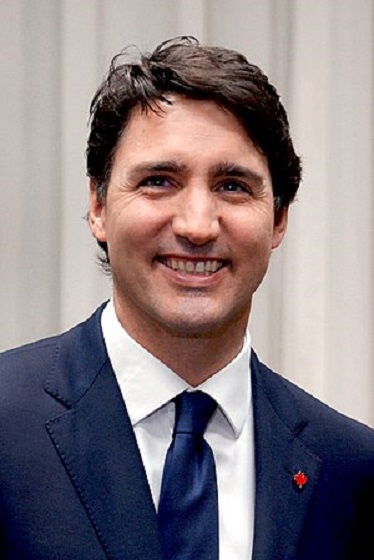
 Business1 day ago
Business1 day agoTaxpayers Federation presents Teddy Waste Awards for worst government waste
-

 International1 day ago
International1 day agoPresident Xi Skips Key Summit, Adding Fuel to Ebbing Power Theories
-
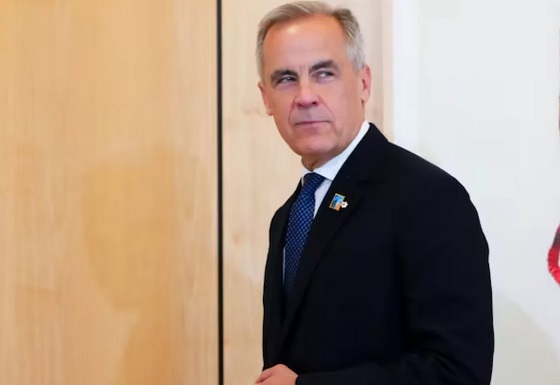
 armed forces6 hours ago
armed forces6 hours agoMark Carney Thinks He’s Cinderella At The Ball


